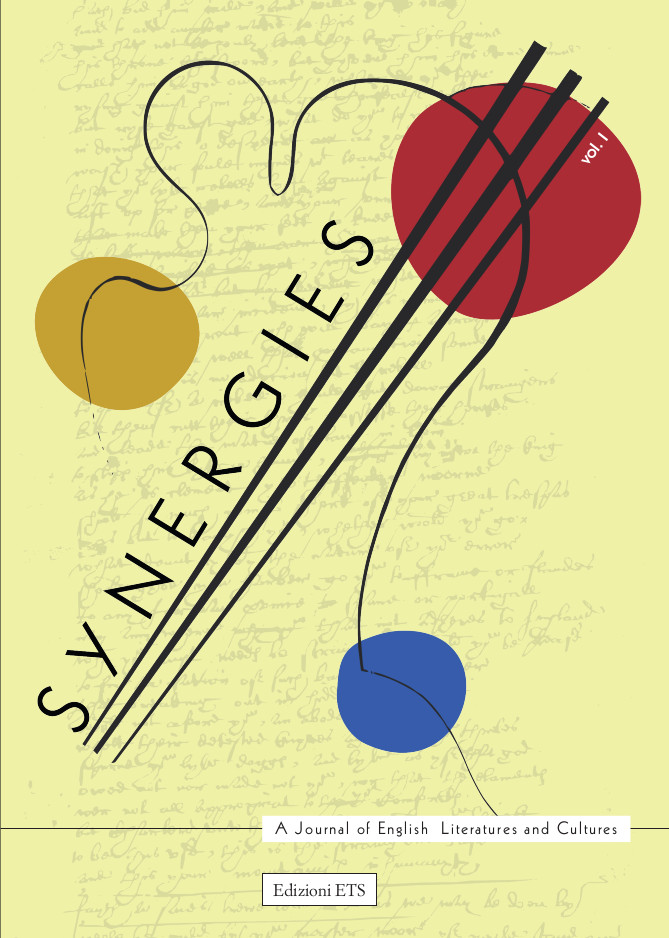Celluloid Gardens in the Time of Consumption
DOI:
https://doi.org/10.4454/syn.v1.370Parole chiave:
Alice Guy-Blaché, Silent Film, Tuberculosis, La Fée aux Choux, Falling Leaves, First Feminist FilmmakerAbstract
This article critically focuses on two out of the approximately one thousand films directed by Alice Guy-Blaché (July 1, 1873 - March 24, 1968), commonly hailed as the first narrative filmmaker and female director. In La Fée aux Choux (The Cabbage Fairy, 1896) and Falling Leaves (1912), Guy-Blaché introduced two gardens as crucial characters within the narrative, depicting them as living breathing entities in the time of consumption or tuberculosis. Tuberculosis was the leading cause of death in Europe from the 18th to the 20th century, impacting on the way art was made. The first narrative films by Guy-Blaché reflected this continuation and exploration of the interrelationship between the arts and the disease. Accordingly, the present paper investigates a set of relevant metaphors unfolding through poetry, painting, opera and, specifically, the two films mentioned above, in an overlapping of scientific, artistic, and cultural discourses. My analysis concludes with an optimistic view linked to a scientific breakthrough that explores the world of bacteria as the starting point for a cure for TB, and possibly other diseases. It also refers to the magic of places like gardens, as emblematically suggested by the opening lines of “Fairy Song”, a poem by John Keats, who died of tuberculosis in 1821: “Shed no tear – O, shed no tear! / The flower will bloom another year. / Weep no more – O, weep no more! / Young Buds sleep in the root’s white core”.
Dowloads
Pubblicato
Fascicolo
Sezione
Licenza
I file contenuti nei fascicoli della rivista sono scaricabili solo su abbonamento entro 24 mesi dalla data di pubblicazione. Trascorso il periodo di embargo, i contenuti diventano ad accesso aperto e regolamentati dalla licenza generica Creative Commons versione 4.0 (cc. By 4.0). Il copyright dei singoli articoli va all’editore alla data di pubblicazione del contributo e torna agli autori e alle autrici una volta trascorso il periodo di embargo.
La rivista non richiede ad autori e autrici nessuna tariffa per la pubblicazione dei loro contributi.
Nel caso in cui l’autore/autrice voglia richiedere l’immediata pubblicazione in accesso aperto del proprio contributo, senza quindi attendere la data di scadenza del periodo di embargo, sarà tenuto/a a versare la cifra di 500,00 euro. Per avanzare questo tipo di richiesta è necessario rivolgersi al nostro ufficio di amministrazione (amministrazione@edizioniets.com) e alla responsabile delle riviste (journals@edizioniets.com) comunicando: titolo del contributo, estremi del fascicolo in cui esso è contenuto, dati della persona a cui intestare la fattura, presenza di eventuali finanziamenti di ricerca.


